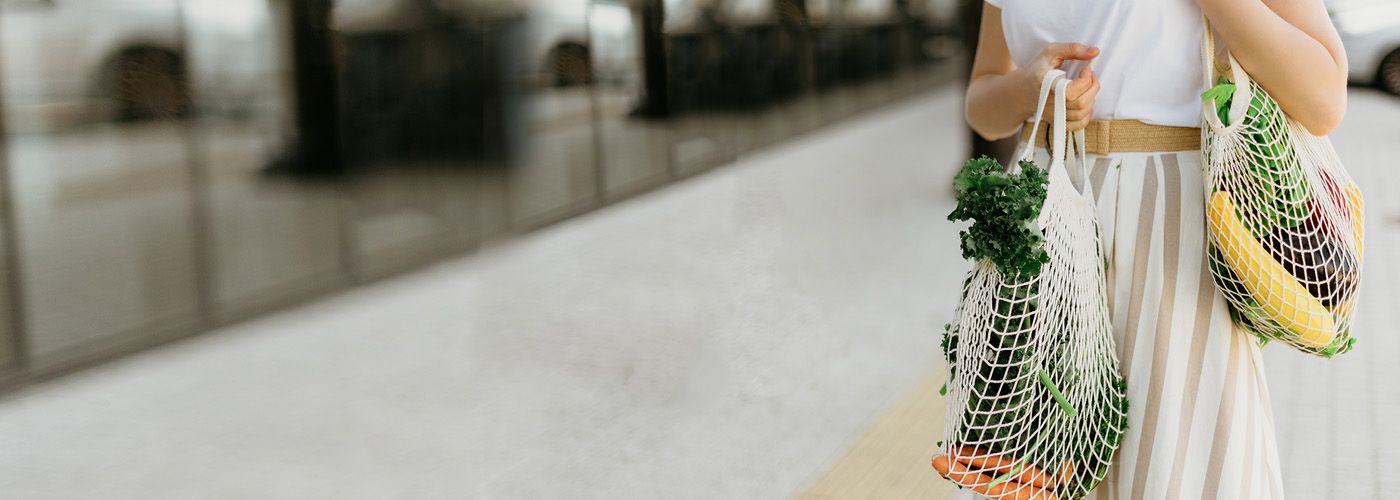The widespread and immediate changes brought on by COVID-19 forced businesses to change how they engaged with the marketplace, their customers, their employees, their partners and how they operated. Employers were forced to adjust how and where work was executed. Supply chains needed to adapt and restructure. There was a significant recasting of how business operated in light-of COVID-19 combined with the acceleration of the Environment, Social and Governance agenda and changing customer beliefs.
To navigate forward, businesses must emphasize understanding their customers. Relying on a historical understanding and assuming you know what your customer thinks and is feeling is more dangerous than ever before, as COVID-19 has led many to change their outlook and reprioritize.
In the third edition of Me, my life, my wallet, we’ve continued our exploration of the multidimensional customer – what’s truly driving behavior and choices, and how this is set to change as the customer of tomorrow emerges. As the operating environment continues to shift, businesses will once more have to evolve their engagement model to service the changing consumer. This year’s survey consisted of more than 18,000 consumers across 16 counties, regions and jurisdictions, giving a truly global view of how businesses can chart a course to meet customers where they are, with what they want and how they want it – if they are to survive today and thrive tomorrow.
The five Mys
Knowing what Belgian consumers truly value in an experience and recognizing the implicit and explicit factors behind their expectations can help you eliminate wasted efforts and focus on the ones that truly make a difference in consumer behavior. Discover the Five Mys:
- My motivation - Characteristics that drive behavior and expectations
- My attention - Ways we direct our attention and focus
- My connection - How we connect to devices, information and each other
- My watch - How we balance the constraints of time and how that changes across life events
- My wallet - How we adjust our share of wallet across life events
They represent a distinctive framework designed to help organizations better comprehend the complex, underlying drivers of human decision-making. They help provide insights into what consumers value and the moments that matter most to us. The five Mys also contextualize our connections, help reveal the trade-offs we are willing to make around time and money and offer a look into the psyche of consumers and their unmet needs. Read more about the framework in the report.
Please download the report below to help you continue on your journey as we all adapt and align to a new reality. Knowing the evolving customer better can instill confidence in charting a path forward in such a dynamic environment. Our Customer, Sales and Marketing team is here to help you navigate the challenges ahead.
of consumers expect companies to reduce all friction associated with delivery.
of consumers are now more focused on saving rather than spending.
of consumers prefer buying from and into the brands whose actions align with their beliefs and values.
of consumers are willing to pay more to an ethical retailer or brand that gives back to society.
Explore the report
How do you tell a fad from a trend?
The entire world has experienced decades' worth of change in one year. Because so much of this sudden, unexpected and abrupt change has been enforced by COVID-19 it can be hard, even for organizations that have invested in data and analytics, to distinguish a transient fad from an enduring long-term trend.
Reaching Gen Z in the time of COVID-19
Insights to achieve growth in a changing world. For every fact about Gen Z there is a contradictory one. One in three want to be the first to use new technology. At the same time, more than one in eight have scaled down or discontinued their use of social media in the past year. No wonder this cohort – born between 1997 and 2010 – is sometimes referred to as 'the identity shifters.'
Are we really as busy as we like to think we are?
Before COVID-19, 'time poverty' was a common complaint. Although OECD figures show that average hours worked per person per year across its members fell from 1,807 in 2000 to 1,726 in 2019 , many consumers felt they had more to do and less time to do it in. Hours spent commuting to work, the need to do more with less when they got there, our digitally-enabled 'always on' lifestyle, all contributed to the feeling that life was proceeding at a frenetic pace.
How personal is your personalization strategy?
Before COVID-19 struck, companies were investing 14 percent of their marketing budgets in delivering a personalized customer experience. The question is: do consumers actually want one? The unequivocal answer is that they certainly do. More than two out of three respondents in KPMG International's research identified personalization as one of their two key priorities for customer service.
Does purpose matter?
The age of the integrity economy Purpose is the organization's answer to the perennial question: 'Why are we here?' To answer that, leaders need to consider whether that purpose is relevant to customers and communities, is unique to them and is something they can do better than their competitors.


